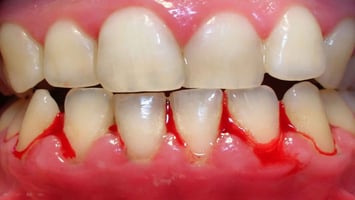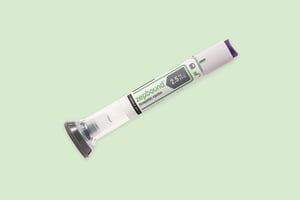Gum bleeding, though often overlooked, can be a significant indicator of oral health issues....
Latest Advancements in Seborrheic Keratosis Treatment in Dubai
Seborrheic Keratosis, a common benign skin growth, often appears as brown, black, or tan growths on the surface of the skin. While typically harmless, these growths can be bothersome, especially if they occur in visible areas. Fortunately, advancements in Seborrheic Keratosis treatment have brought about new and improved options for individuals seeking to remove or manage these growths, particularly in Dubai.
Understanding Seborrheic Keratosis
Before delving into the latest treatments, it's crucial to understand what Seborrheic Keratosis is and its typical characteristics. Seborrheic Keratosis usually appears as wart-like growths with a waxy, scaly, or slightly elevated appearance. These growths can vary in size, color, and texture and are commonly found on the face, chest, shoulders, and back.

Traditional Treatment Methods
In the past, treatment options for Seborrheic Keratosis were limited, often involving invasive procedures such as cryotherapy (freezing the growths with liquid nitrogen), curettage (scraping off the growth), or electrosurgery (burning the growths with an electric current). While these methods were effective, they sometimes resulted in scarring or pigmentation changes, which could be concerning for patients, particularly in visible areas.
Latest Advancements in Treatment
1. Laser Therapy
One of the most significant advancements in Seborrheic Keratosis treatment is the use of laser therapy. Laser treatment offers a non-invasive approach to removing the growths with minimal risk of scarring or pigmentation changes. In Dubai, dermatologists utilize state-of-the-art laser technologies to target and destroy the affected cells while leaving surrounding skin unharmed.
2. Cryotherapy with Improved Techniques
While cryotherapy has been a longstanding treatment for Seborrheic Keratosis, advancements in technology have led to more precise and targeted procedures. New cryotherapy techniques allow dermatologists to selectively freeze the growths, reducing the risk of damage to surrounding healthy tissue. Additionally, advancements in cryotherapy devices have improved patient comfort during the procedure.
3. Topical Treatments
In recent years, topical treatments have emerged as a popular option for managing Seborrheic Keratosis. These treatments typically contain ingredients such as hydrogen peroxide, salicylic acid, or retinoids, which work to break down the keratin buildup in the growths. While topical treatments may take longer to show results compared to more invasive methods, they offer a non-invasive and convenient solution for patients with multiple or widespread growths.
4. Combination Therapies
Dermatologists in Dubai are increasingly adopting combination therapies for Seborrheic Keratosis treatment, which involve using multiple treatment modalities in combination to achieve optimal results. For example, a dermatologist may combine laser therapy with topical treatments to enhance efficacy and reduce the number of treatment sessions required.
Conclusion
The field of Seborrheic Keratosis treatment has seen significant advancements in recent years, offering patients in Dubai a wide range of effective and minimally invasive options for managing these common skin growths. From laser therapy to improved cryotherapy techniques and innovative topical treatments, individuals now have more choices than ever before when it comes to addressing Seborrheic Keratosis and achieving clearer, smoother skin. If you're struggling with Seborrheic Keratosis, consult with a dermatologist in Dubai to explore the latest treatment options tailored to your needs and preferences.
Read More About:
Minimally Invasive Treatments for Seborrheic Keratosis in Dubai

